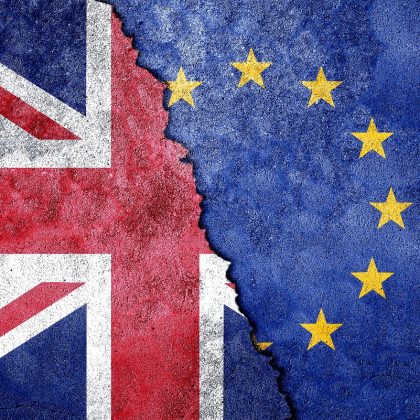Unpacking Tourism in the Cold War: International Tourism and Commercialism in Socialist Romania, 1960s-1980s
This accompanies Adelina Stefan’s Contemporary European History article Unpacking Tourism in the Cold War: International Tourism and Commercialism in Socialist Romania, 1960s–1980s
In 1978, an internal report by the Securitate, the Romanian political police, openly blamed the National Office for Tourism-Carpathians (ONT-Carpathians), the state agency in charge of running tourism, of ‘commercialism’. To their dismay, the ONT-Carpathian office and the Romanian Library in New York City organized an exhibition about Vlad the Impaler, a medieval ruler of Walachia, in which he was associated with Dracula, the character of Bram Stoker’s novel. The communist political police and the Romanian Communist Party’s leadership did not condone this connection, as it misinterpreted historical truth and promoted stories about vampires and other imaginary creatures ill-assorted with socialism. This exhibition was, however, an exercise in public relations, which was meant to increase American tourism to Romania. The technocrats from the ONT-Carpathians and the Ministry of Tourism sought ways to make this socialist country marketable to the American public, and Dracula’s story seemed like Romania’s trump card in the United States. My article (Unpacking Tourism in the Cold War) unpacks the tension between the Romanian Communist Party’s more ideological demands and the ‘commercialism’ of tourist experts from the ONT-Carpathians, the Institute for Research and Development in Tourism, or the Ministry of Tourism. Although histories of international tourism in the socialist bloc are in full swing, the role of tourist technocrats and specialists in running and promoting tourism in the capitalist ‘West’ has been overlooked so far.
For socialist countries international tourism with the capitalist ‘West’ was attractive because it promised to deliver the coveted hard currencies and to work as a form of soft power, improving the image of socialist regimes in the eyes of ordinary citizens from capitalist countries. A 1961 meeting in Moscow of tourist delegates from socialist countries discussed in depth the idea of turning Eastern Europe into a popular travel destination for Western tourists. Although, initially, not a trailblazer of tourism with the West, starting in the early 1960s, Romanian authorities began to design promotional campaigns in capitalist countries. My article focuses on several tourist guidebooks published in Romania and abroad, tourist magazines, such as Vacances en Roumanie (Vacationing in Romania), and official promotion plans, in order to sketch how Romania was portrayed in the ‘West’ between 1960s-1980s. It shows that the socialist state adopted market strategies when promoting the country in the ‘West’, and that those responsible for advancing these advertising strategies were the tourism specialists from the National Office for Tourism – Carpathians and the Institute for Research and Development in Tourism, or the guidebooks’ and travel magazines’ editors rather than the party officials. Because of these specialists, from the mid 1960s until the early 1980s, Romania successfully navigated the world tourist market and became a popular tourist destination. This article illustrates the range of state and non-state actors involved in promoting Romania as a tourist destination in the ‘West’ and portrays the Romanian socialist state as a less monolithic entity than previously thought.
Main image: Bran Castle, Romania by Dobre Cezar





